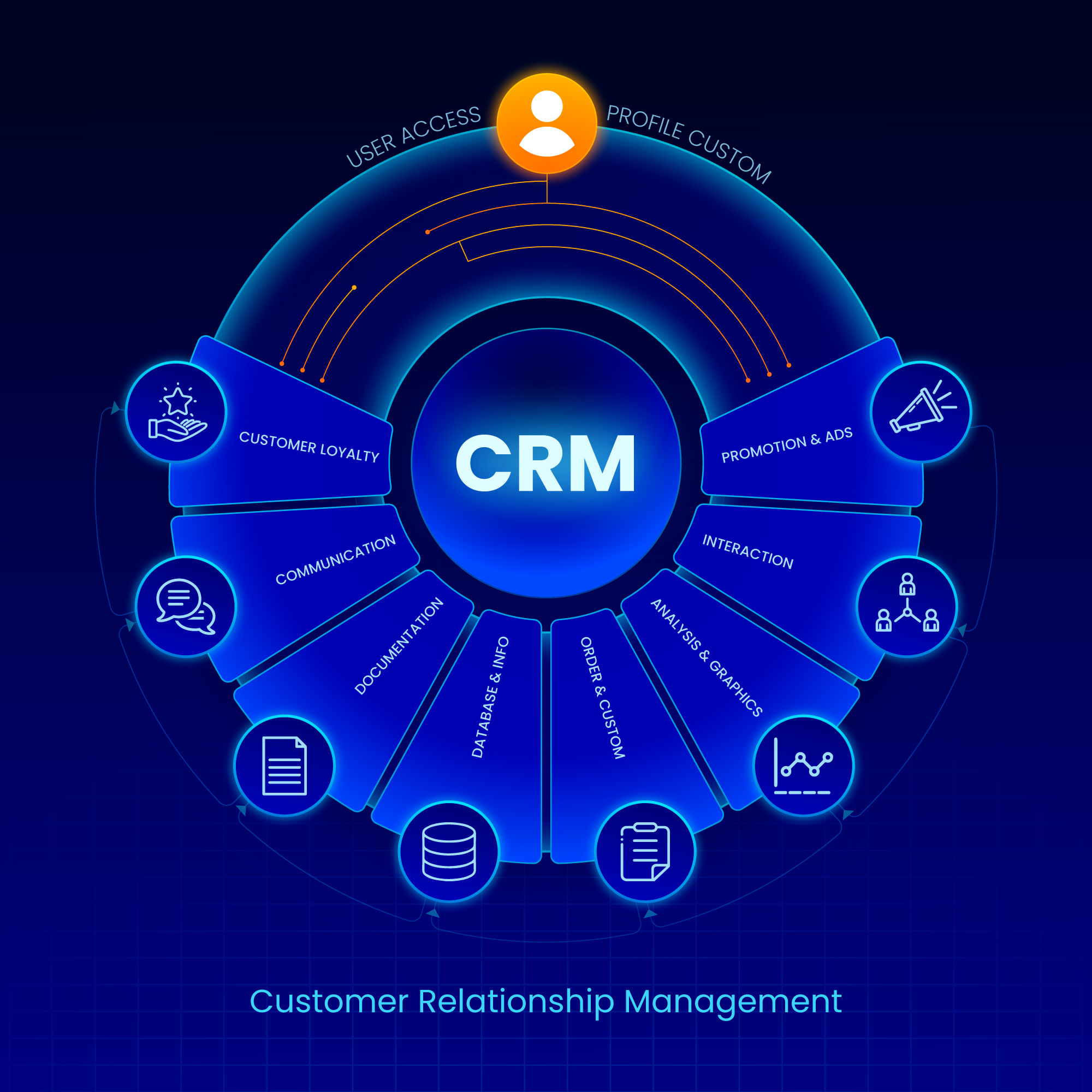Application Performance Management: Streamline, Optimise, Succeed
Published: November 19, 2024
In the modern world, application performance management is not a mere product need but an inevitable demand of today’s companies that aim to offer smooth application experiences to customers. For any site, an application that can be a web, an application for a mobile device, or an enterprise-level solution, the capability to ensure application performance is paramount to keeping users engaged and also to meet business goals. This article delves into what application performance management entails, explores the role of application management software and tools, and highlights how to implement a robust APM strategy.
What is Application Performance Management?
At its core, application performance management is the practice of monitoring and managing the performance, availability, and functionality of software applications. It entails monitoring performance indicators like response time, latency, throughput and error rates for applications to perform in a way that will meet the user’s requirements.
An APM solution typically encompasses the following components:
- Performance Monitoring: Monitoring application performance in real-time and gathering some data related to it.
- Diagnostics: Determining the exact cause of problems in an application.
- Analytics: Applying collected data concerning individuals, organisational teams, and systems as a means for predicting the future, enhancing performance, and avoiding potential problems.
With the help of these components, companies can use their applications as efficiently as possible under different conditions.
The Role of Application Management Software
Application management software is the backbone of any APM strategy. These platforms provide the tools necessary to monitor, troubleshoot, and optimise application performance. Key functionalities include:
- End-to-End Visibility: Providing coverage of the application tier all the way from the interface right to the server.
- Real-Time Alerts: Reporting to the IT teams about measurable problems with performance or about a possible bottleneck.
- Root Cause Analysis: Thus, reducing the time it takes to isolate and correct performance issues.
- Integration Capabilities: The practical implementation of every solution must not contradict the current IT environment and other monitoring tools.
Application management software solutions commonly have AI-based analytics for identifying issues and suggesting solutions that can prevent disruptions in an organisation’s functioning.
Application Management Tools: Features and Benefits
To fully harness the power of APM, businesses rely on a suite of application management tools. These tools are designed to address various aspects of application performance, such as:
- Infrastructure Monitoring Tools: These tools monitor the health and performance of servers, databases, and networks supporting the application.
- User Experience Monitoring: Metrics that record the extent to which users engage with an application in order to determine satisfaction and ease of use.
- Application Dependency Mapping: Tools that enable one to find relationships between various parts of any application in order to make it function optimally.
- Error Tracking Tools: Software which can detect errors in applications and sort them based on the time required for their rectification.
Key benefits of using application management tools include:
- More satisfied customers would no longer have to wait long to have their problems addressed.
- Improving the scalability because of the efficient use of resources in the software development process.
- They experience fewer machine downtimes and hence the related revenue losses.
- Introducing evidence-based analysis to the business planning process.
Thus, it is possible to outline that each of the tools presented above can be applied in combination to design the proper APM program for every business.
Why Businesses Need Application Performance Management
The digital world is unforgiving. A single performance hiccup can result in user dissatisfaction, negative reviews, and even revenue losses. Here’s why application performance management is crucial:
- Customer Retention: Slow or badly performing applications push the clients towards competitors. APM guarantees a stable user environment that makes users loyal to the product.
- Operational Efficiency: By identifying inefficiencies, APM helps optimise resources, reducing costs and enhancing productivity.
- Business Continuity: Real-time monitoring and timely problem solving are keys that APM helps to keep the disruptions to the barest minimum.
- Regulatory Compliance: Most industries demand certain performance standards that APM assists to meet.
The advantages cannot be viewed as isolated from IT departments only as they influence the company’s performance and profitability.
Implementing an Effective APM Strategy
Creating a successful APM strategy involves several key steps:
- Define Goals: List out more tactical goals, for instance, specific time available for downtime or the amount of time customers can wait for their pages to load.
- Choose the Right Tools: Thus, choose application management tools and software that will meet the needs of a business.
- Monitor Key Metrics: Some of these sampling parameters include Response time, number of solutions, error rates, and users’ satisfaction.
- Leverage Automation: Some suggestions include routine tasks such as performance checks or alerts should be automated to relieve the burden from main IT teams.
- Analyse and Optimise: Also use performance data in their analysis in order to determine whether there are favourable trends that can be incorporated into plans for enhancing the activity.
A collaborative approach involving IT teams, developers, and business leaders ensures the success of APM initiatives.
Why Partner with Headstart for APM Solutions?
Headstart specialises in delivering tailored application performance management solutions to educational institutions. With a team of experts and cutting-edge tools, Headstart ensures that your applications meet the highest performance standards. Our services include:
- Comprehensive application monitoring and diagnostics.
- Integration of advanced application management tools.
- Customised performance optimisation strategies.
- Ongoing support to ensure seamless application operations.
By choosing Headstart, educational institutions gain access to industry-leading expertise and resources, empowering them to deliver superior digital experiences.
To Conclude
In an era where user expectations are higher than ever, application performance management is an important investment for businesses. From leveraging application management software to deploying sophisticated application management tools, APM ensures that applications deliver optimal performance and user satisfaction.
Partnering with a reliable CRM service provider like Headstart allows educational institutions to focus on growth while leaving application performance in expert hands. Take the first step toward a seamless digital experience with Headstart today!


Let's Start
Contact UsWe empower education institutions with a comprehensive enrollment and student relationship management platform. With our expertise and experience in education and technology, we revolutionise operations and provide the necessary tools to thrive in a dynamic landscape.










